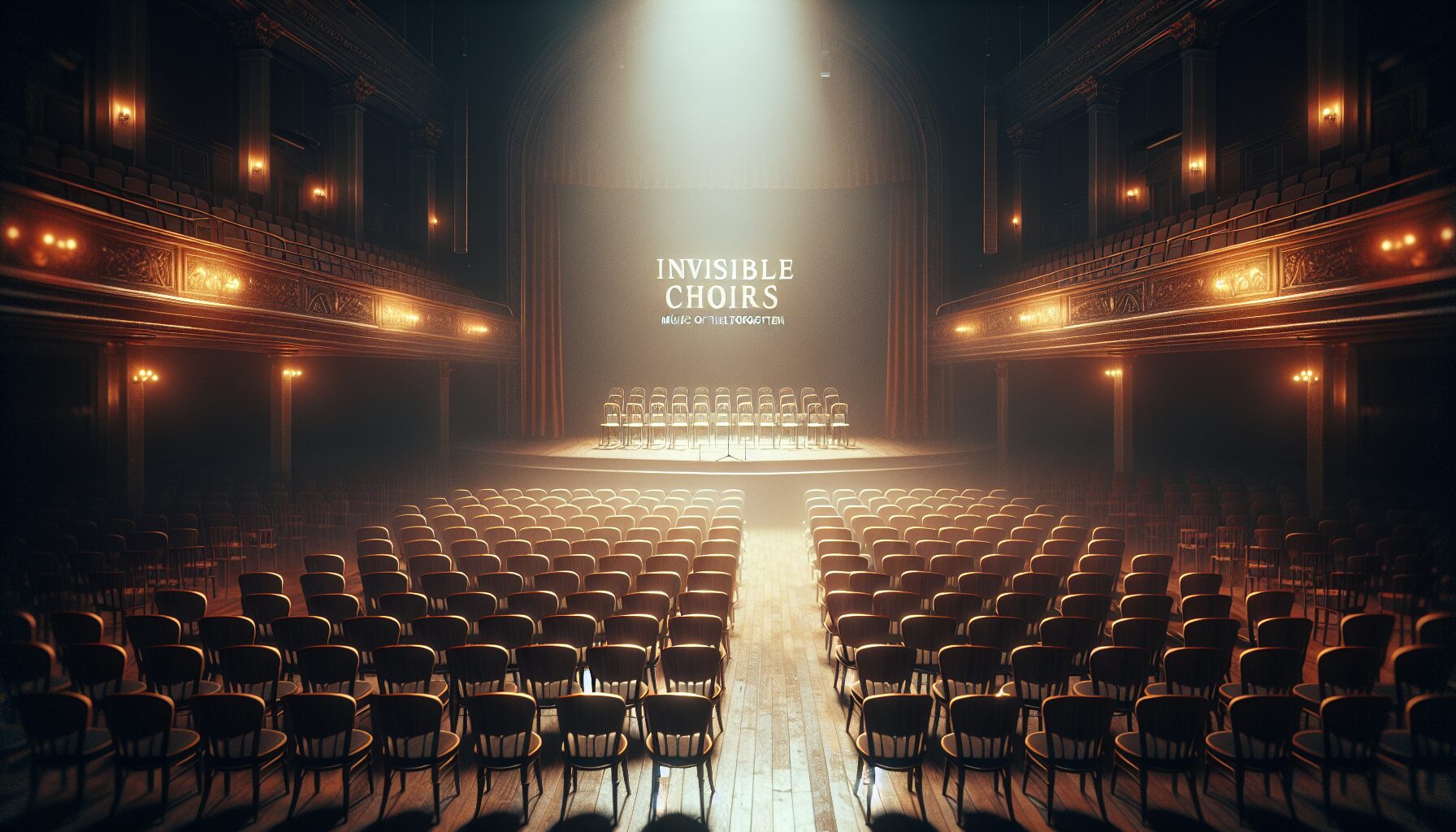In a world characterized by constant noise and ceaseless chatter, there exists a serene realm where silence is golden, but melodies echo through the ether—an ethereal sphere occupied by The Invisible Choir. This imagined ensemble sings for those who have departed, offering a haunting yet beautiful testament to lives once lived and stories worth remembering.
“Music is the divine way to tell beautiful, poetic things to the heart,”
The concept of music as a form of communication with the departed is not new. Across different cultures and throughout history, music has played an integral role in funerary practices and rituals aimed at easing the soul’s journey to the afterlife. These traditions, from mournful dirges on Scottish bagpipes to the spiritually uplifting chants of Buddhist monks, illuminate music’s unique power to bridge the gap between the earthly and the divine.
- Historical Roots: In ancient Egypt, tunes were believed to accompany the deceased through the underworld. Similarly, in Greece, music was an offering to gods and guides for the souls.
- Cultural Significance: African griots use music as a storytelling vehicle, keeping the spirit of ancestors alive through generations.
- Modern Interpretations: Contemporary compositions, like those of composer Eric Whitacre’s Virtual Choir, allow voices worldwide to join in ethereal harmony, demonstrating the continuing evolution of this tradition.
The Invisible Choir taps into this rich tapestry of cultural practices. While the choristers may be unseen, their voices resonate with those left behind. Singing of joy and sorrow, loss and remembrance, The Invisible Choir provides solace to the living. Amidst quietude, their songs decorate silence with warmth and reflection, embracing the grieving with the comfort of melody.
Technological Connection: The digital age offers new pathways for The Invisible Choir. With platforms like YouTube, SoundCloud, and others, compositions can be shared globally, reaching those who need the healing touch of music, no matter where they are.
This metaphoric choir isn’t about grieving alone; it’s a celebration of legacy and memory. With each note, The Invisible Choir reaffirms that while the body may fail, the spirit endures through the connective tones of music. It is a gentle reminder that life, though temporary, leaves an indelible mark, and through song, the departed remain among us, serenading through the echoes of eternity.
The Invisible Choir is an invitation—to pause, listen, and feel—the undying lullaby sung for the departed, a promise that melodies never die.


